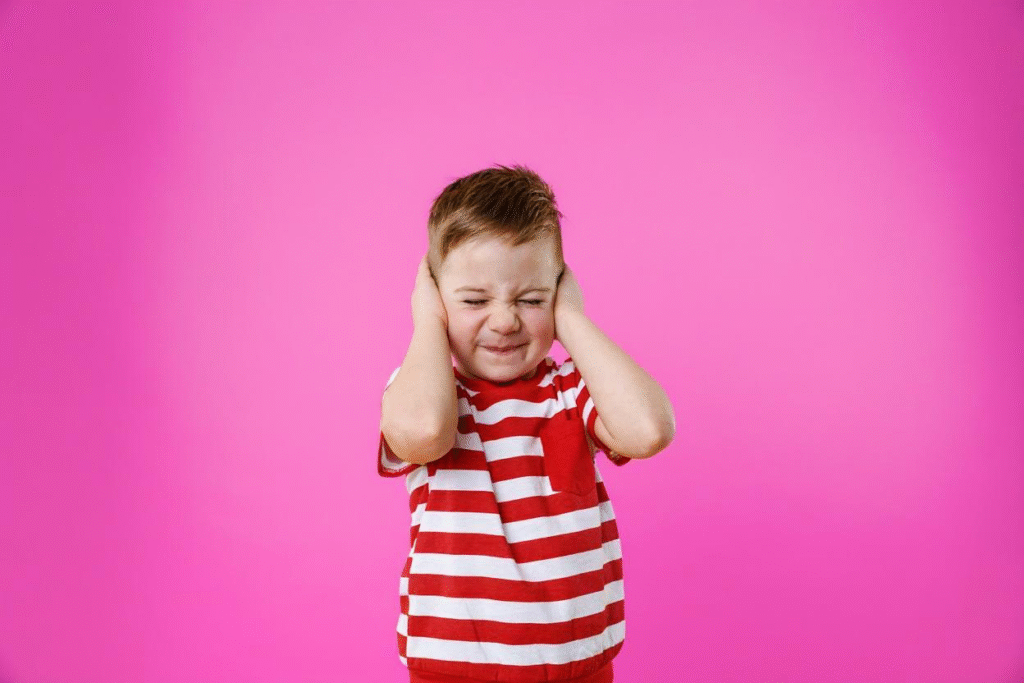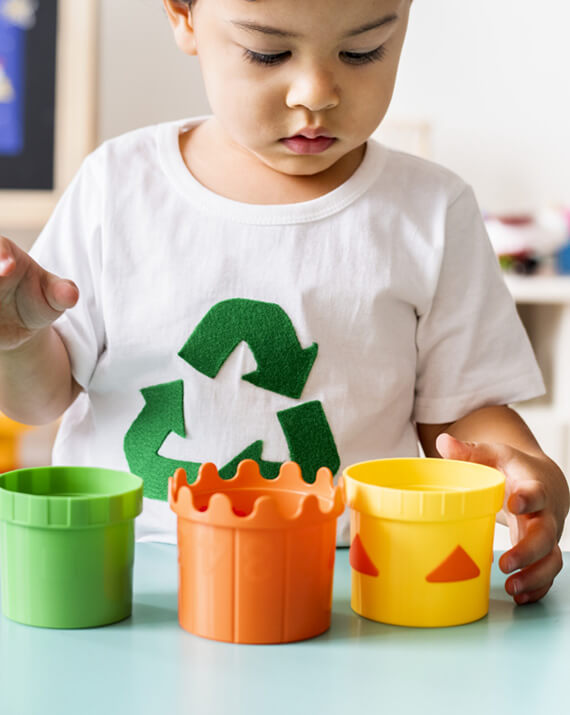If you are a parent of an autistic child, or are a close loved one of someone with autism, then you may already have connected the dots of sensory-related issues in autism.
Sensory issues and autism go hand in hand, often affecting how a child processes the world around them. These sensitivities of a person with autism are not always obvious, but they can cause significant distress and discomfort.
Understanding sensory issues in autism can help parents, caregivers, and educators create more supportive environments for autistic children that live with these sensitivities everyday.
Keep reading as we delve into the four main sensory issues in autism, how to identify sensory stimulation for autism, and where to reach out for help.
4 Common Sensory-Related Issues in Autism

Let’s explore the four common types of sensory issues autism may involve:
1. Hearing
Sounds that seem ordinary to most, like a vacuum or a ticking clock, can be overwhelming.
Learn more about hearing sensory issues in autism here!
2. Touch
Certain textures or even light touches may feel unbearable or irritating.
Learn more about touch sensitivity in children with autism here!
3. Smell
Strong reactions to odors, pleasant or not, are often one of the most misunderstood sensory-related issues in autism.
Learn more about olfactory sensory issues in autims here!
4. Sight
Bright lights, fast movement, or flickering screens can be distressing or even painful.
Learn more about visual sensitivity in children with autism here!
How to Identify Sensory Issues in Autism

If your child is nonverbal or is not old enough to articulate sensory-related issues in autism, then you can keep your eyes peeled for these signs of sensory stimulation for autism:
1. Hyperreactivity (Over-Responsiveness)
Children with autism who experience hyperreactivity may feel overwhelmed by certain sensory inputs like sound, touch, or light. These stimuli can be perceived as intense, unpredictable, or even painful.
2. Hypoactivity (Under-Responsiveness)
Hypoactivity involves a lack of typical response to sensory input. A child may not register sensations that others find noticeable, such as touch, sound, or temperature.
3. Fixated Interests
Fixated interests reflect a deep and intense focus on specific sensory experiences or topics. These interests can become a key part of how a child interacts with the world.
4. Ritualized Patterns
Ritualized patterns are repetitive behaviors or routines that offer a sense of structure and predictability. These patterns help some children with autism feel safe and in control amid overwhelming sensory environments.
Support for Managing Sensory Stimulation in Autism
At Growing Minds Behavioral Health, our experienced ABA therapists understand the daily realities families face related to sensory issues in autism. We specialize in helping manage the unique sensitivities of a person with autism through effective, personalized ABA services and scientifically-proven techniques.
Contact us today to learn more about sensory stimulation for autism, what sensitives of a person with autism might look like, and how ABA therapy can support children in managing sensory-related issues in autism.




